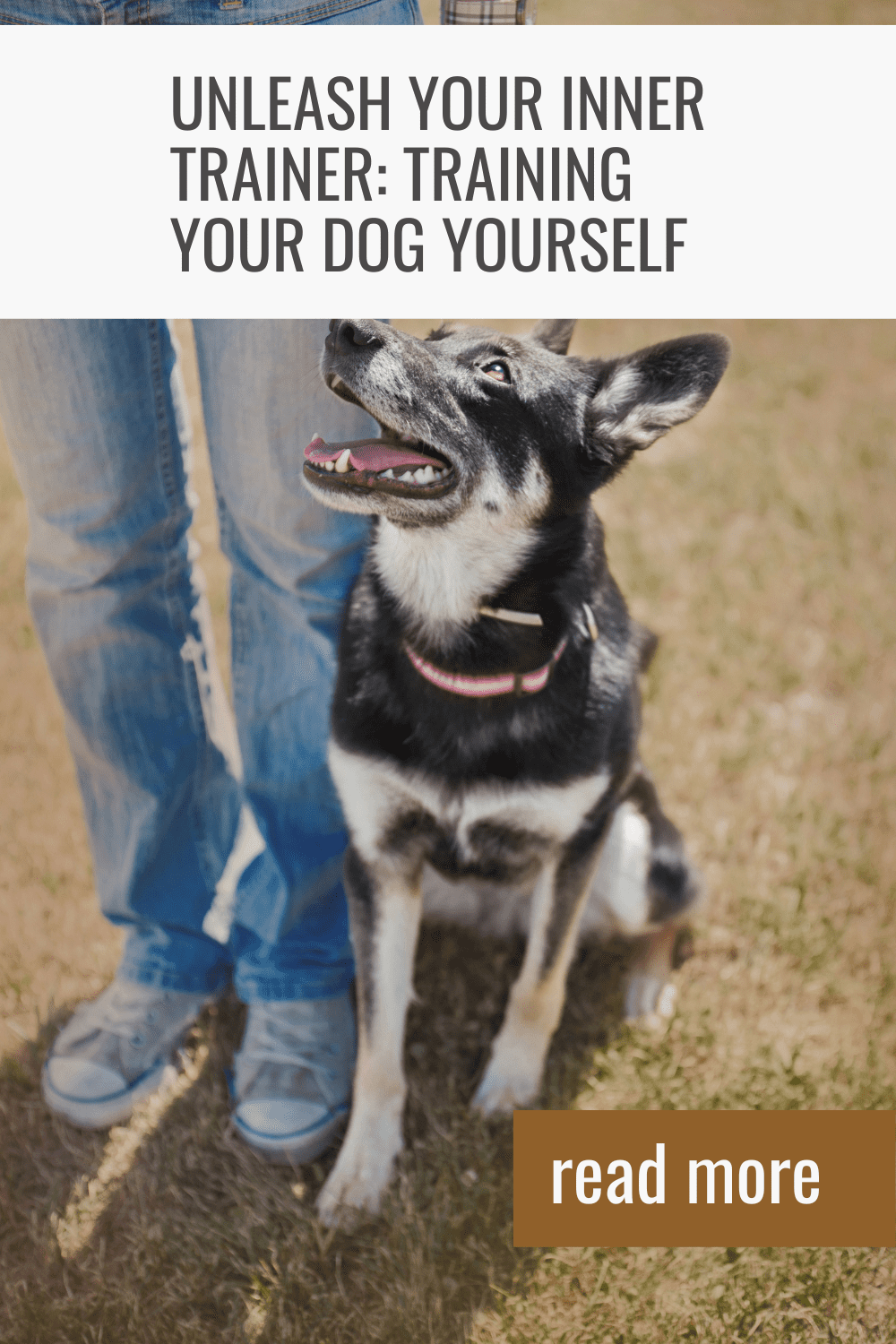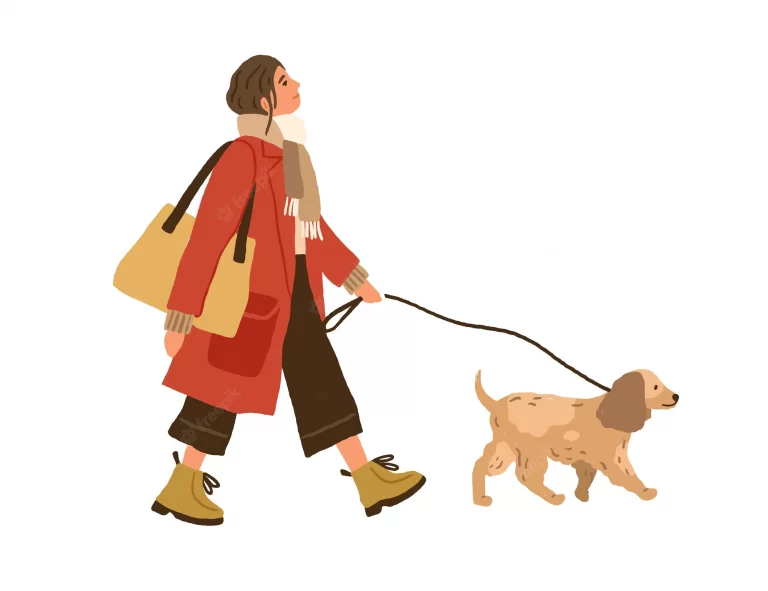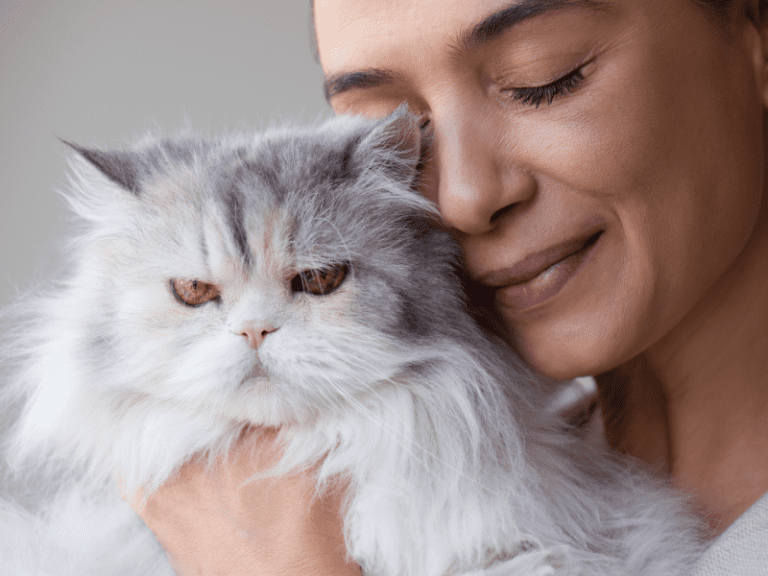Training Your Dog Yourself: Unleash Your Inner Trainer!
FULL DISCLOSURE: The links I share in this course ARE my affiliate links. This means I earn a commission, at no extra cost to you. In fact, sometimes you’ll get a discount or free credits just FOR using my link. 🙂
Welcome to the exciting world of dog training! Whether you have a new puppy or an older dog, training is crucial to creating a strong bond and a healthy relationship with your furry friend.
Why Training A Dog is Important
Training your dog helps them understand what is expected of them, reduces behavior problems, and helps keep them safe. It also helps to build a strong bond between you and your dog, as well as providing a sense of structure and routine that they will appreciate.
The benefits of training A Dog Yourself
Training your dog yourself is a great way to build a strong bond with them and ensure that they receive consistent, individualized attention. Plus, it's a lot of fun!
By taking an active role in your dog's training, you can also tailor the training to suit your dog's specific needs and personality.
The Basics of Dog Training
Dog training basics include positive reinforcement techniques, consistency, and repetition.
Training sessions should be short and fun, with plenty of treats, praise, and playtime to keep your dog engaged and motivated.
It's also important to be patient and understanding, as training can take time and effort, but the results are worth it!
Understanding Your Dog

Understanding your dog's personality is very important when training your dog. First, it is important to understand your dog's personality. Some dogs are more independent and may take longer to learn new commands, while others are more obedient and require fewer repetitions to understand. It is also important to tailor your training regimen to fit your dog's personality and personality type.
Understanding Your Dog
Training your dog effectively starts with understanding them, their personality, and their behavior. By getting to know your dog, you can tailor your training approach to suit their individual needs and preferences.
Importance of Getting to Know Your Dog's Personality and Behavior
Getting to know your dog's personality and behavior is crucial for successful training. Each dog is unique, with their own strengths, weaknesses, and tendencies. By taking the time to observe your dog and understand their behavior, you can develop a training plan that works best for them.
Observing Your Dog's Body Language and Vocal Cues
Observing your dog's body language and vocal cues is a great way to get to know them better. Pay attention to their posture, tail wagging, and the tone of their bark, as these can all give you insight into their mood and what they're trying to communicate.
Understanding Your Dog's Breed and its Influence on Behavior
It's also important to consider your dog's breed and how it may influence their behavior. Certain breeds have been bred for specific tasks, such as herding or hunting; these traits can still be present in your dog today.
Setting Up for Success

Getting your training environment and equipment set up correctly is an important step in ensuring that your training sessions are successful. Here's what you need to know to get started.
Choosing the Right Training Environment
Choosing the right training environment is key to a successful training session. Your environment should be quiet, with minimal distractions, and have enough space for your dog to move freely.
You may also want to consider the time of day when training, as some dogs may be more alert and focused at certain times.
Making Sure You Have the Necessary Equipment and Supplies
Before you start your journey to train your dog yourself, make sure you have all the necessary equipment and supplies.
Having the right tools at hand can make all the difference in making your training sessions effective and enjoyable for both you and your furry friend.
Some of the essentials include a sturdy leash, a comfortable and safe training space, and perhaps a clicker for positive reinforcement. These items will ensure that your training sessions run smoothly and effectively, setting you and your dog up for success.
Having a mat or designated training area is also a good idea so your dog knows where to focus during training sessions.
Setting Realistic Goals and Expectations for Your Training Sessions
Setting realistic goals and expectations is important for keeping your training sessions productive and enjoyable.
Start with small, achievable goals, such as teaching your dog a new command or improving their recall. As your dog becomes more advanced, you can gradually increase the difficulty of your training exercises.
Now that you have the right environment and equipment, it's time to start training!
Basic Commands and Training Techniques

Teaching your dog basic commands and using positive reinforcement techniques are key to successful training.
The Most Common Commands to Teach Your Dog
The most common commands to teach your dog include:
- sit
- stay
- come
- heel
- leave it
These commands will provide your dog with basic obedience skills and help keep them safe. Start with one command at a time, and gradually add more as your dog becomes more advanced.
Positive Reinforcement Training Techniques
Positive reinforcement is a popular and effective training technique that uses praise and play to encourage desirable behavior.
When your dog performs the desired behavior, you praise them, reinforcing it and making it more likely to be repeated in the future.
Consistency and Repetition in Training
Consistency and repetition are key to successful training.
Make sure that everyone in your household uses the same commands and follows the same training techniques.
Training sessions should be short and frequent, with plenty of positive reinforcement, to help your dog learn quickly and maintain their skills over time.
With these basic commands and training techniques, you're well on your way to a happy and well-trained dog.
Common Challenges and Solutions

Understanding and Addressing Common Behavior Problems
Don't let behavior problems get in the way of your journey to train your dog yourself! With a little understanding and some creative solutions, you can overcome any challenge that comes your way.
From jumping to barking, chewing to digging, there's a positive reinforcement solution for every problem.
You'll soon see noticeable improvements and a happier, well-behaved pup by identifying the root cause of your dog's behavior and using the right training techniques.
Dealing With Distractions During Training Sessions
Distractions can be a real challenge when training your dog yourself, but with a little creativity and determination, you can overcome them!
From squirrels to passersby, plenty of distractions can derail your training sessions. But with the right techniques and a positive attitude, you can keep your dog focused and on track.
Staying Motivated and on Track With Training
Training your dog yourself can be a long and challenging journey, but with the right mindset and motivation, you'll be unstoppable!
Whether it's setting achievable goals, finding a training buddy, or just taking breaks when you need them, there are plenty of ways to keep yourself, and your pup motivated.
So don't give up; keep pushing forward, and you'll soon see the amazing results that come from your hard work and dedication.
Moving Forward and Maintaining Progress

Congratulations, you're well on your way to a well-trained dog! But training is an ongoing process, and it's important to keep up the good work to maintain your dog's skills.
Gradually Increasing the Difficulty of Training Exercises
As your dog becomes more skilled and confident in their training, you can gradually increase the difficulty of the exercises.
This can include adding more distractions, increasing the distance between you and your dog, and adding new commands.
Incorporating New Training Techniques and Commands
Incorporating new training techniques and commands can keep your training sessions fresh and engaging for both you and your dog.
This can include agility training, scent work, and even tricks!
Maintaining Progress With Ongoing Training and Reinforcement
Maintaining progress is key to keeping your dog's training on track. This means reinforcing good behavior, providing positive reinforcement, and regularly incorporating training into your daily routine.
With ongoing training and reinforcement, your dog will remain happy, confident, and well-behaved for years to come!
Training Your Dog is Important
Training your dog yourself is a great way to bond with your pet and help them reach their full potential.
For more information and resources on dog training, consider consulting a professional trainer, checking out books and videos on the subject, or joining a local training class.
You and your dog can enjoy a happy and successful training journey together with the right tools and techniques!







